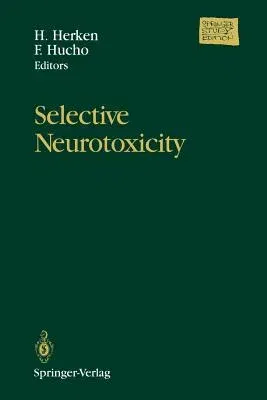Selective Neurotoxicity (Springer Study)Paperback - Springer Study, 17 May 1994

Qty
1
Turbo
Ships in 2 - 3 days
In Stock
Free Delivery
Cash on Delivery
15 Days
Free Returns
Secure Checkout
Part of Series
Springer Study Edition
Print Length
874 pages
Language
English
Publisher
Springer
Date Published
17 May 1994
ISBN-10
3540578153
ISBN-13
9783540578154
Description
Product Details
Book Edition:
Springer Study
Book Format:
Paperback
Country of Origin:
DE
Date Published:
17 May 1994
Dimensions:
23.39 x
15.6 x
4.55 cm
ISBN-10:
3540578153
ISBN-13:
9783540578154
Language:
English
Location:
Berlin, Heidelberg
Pages:
874
Publisher:
Series:
Weight:
1247.38 gm

